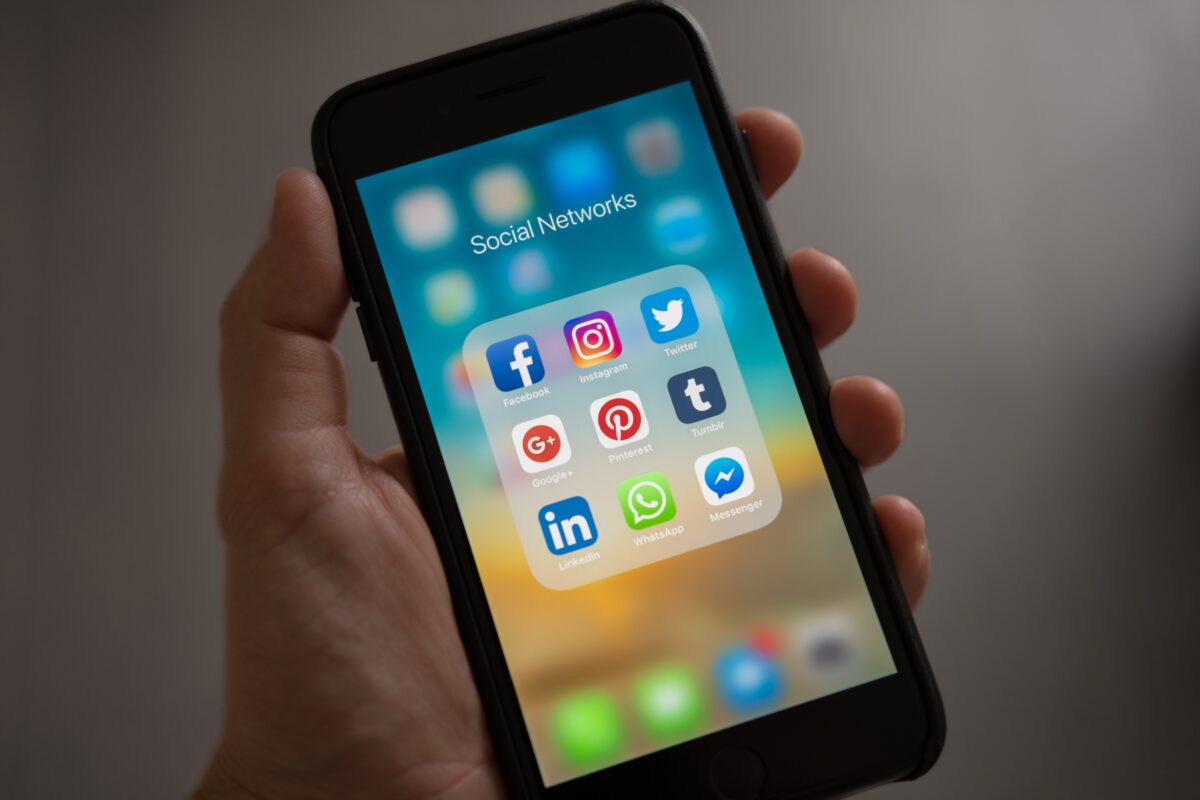For about as long as social media became a natural component of digital marketing, brands have wondered: “How often should I post?” Obviously, no one wants to post too much or too little. As of 2022, there are about 4 billion social media users across … Continue reading “Social media posting: How often should a brand really share?”
Which social media platform is right for your company?
At a time when there are so many social media platforms and businesses know that they need to be relevant online, which platform is best? The answer isn’t one size fits all. Most importantly, don’t assume that you have to spread out across all platforms. … Continue reading “Which social media platform is right for your company?”
Want to receive more great content like this for free?
Subscribe to our newsletter to get best practices, recommendations, and tips for digital marketers


